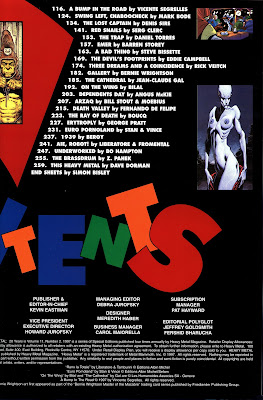‘Shardik’ first was published in the UK in hardback in 1974. This Avon Books paperback was released in the US in February, 1976.
By the time ‘Shardik’ hit the paperback racks, author Adams had gained fame and fortune from the success of his 1972 novel ‘Watership Down’, and it was because I found ‘Watership Down’ entertaining that back in February 1976, I purchased a copy of ‘Shardik’ despite its alarming length (620 pages). I remember getting about 75 pages into the novel before I gave it up due to profound boredom…….
In the spirit of completism, 46 years later I again took up ‘Shardik’, this time prepared for a less-than frenetic read. I was aided by the knowledge that it’s August in Central Virginia, and the crushing heat and humidity make it uncomfortable to do anything outdoors. So, listening to my central A/C blowing cool air through the HVAC vents, I settled into my armchair and opened up ‘Shardik’.
The novel is set in a Bronze Age world governed by the Beklan Empire. In the northern fringes of the Empire sits the Telthearna river, and in the middle of the river sits the island of Ortelga.
The island and its populace are impoverished, relying for spiritual nourishment on the utterances of secretive priestesses, who in their redoubt of Quiso worship a vaguely Old Testament-style God in the hopes that the Deity will bestow, at a time of His choosing, wealth, power, and prestige to His people, the Ortelgans.
The protagonist of ‘Shardik’ is a young hunter named Kelderek, who, if not very bright, is skilled at his craft. As the novel opens, Kelderek faces almost certain death at the hands of a leopard when a miraculous intervention, in the form of a bear some 13 feet tall, saves his life. The sight of the monstrous ursine moves Kelderek to revelation: the bear can only be the reincarnation of the Shardik of Ortelgan mythology. Shardik, God’s messenger, and a portent that the Lord’s power again will descend on his people.
The Baron of Ortelga initially is skeptical of Kelderek’s announcement of the return of Shardik, and demands a consultation with the priestesses of Quiso. This in turn triggers momentous events that will see Kelderek rise to the heights of power in the Beklan empire. But of course, as Kelderek is to discover, some gods can be fickle, and when he finds himself fallen into degradation and despair, can Kelderek still retain his belief in Shardik as the holy messenger of God, and a comfort to those of the Elect ?
So: this time, I finished 'Shardik'. It was not a compelling read, and took me quite some time to accomplish. The novel’s deliberate, meandering pacing reflects the narrative’s primary focus on chronicling Kelderek’s personal journey from naïve backwoods boy, to an adult man with a stark and disturbing knowledge of the world’s cruelties. This journey is accompanied by much exposition describing the psychological, emotional, and theological dilemmas confronting Kelderek.
Plot developments (such as battles) that, in other ‘epic’ fantasy novels would receive considerable attention, are given a brief, almost perfunctory treatment in ‘Shardik’.
The last 80 pages of the novel are quite plodding, as they deal with the advent of a kind of pantheistic humanism to replace the more brutish elements of Shardik-worship among the bear’s followers. There is also a recapitulation of the mythology of the civilizing effect contact with Arab / Muslim cultures had on the ‘barbarian’ polities of medieval Europe.
In some ways, I found Shardik to be the most interesting character in the novel. He doesn't do much but eat, sleep, shit, and occasionally run amok, but his simple nature was a welcome change from the novel's relentless emphasis on Kelderek's internal turmoils. Curiously, author Adams never reveals whether Shardik is a 'living fossil' bear who has survived from the Pleistocene era, or a 'regular' bear converted by mutation into a giant.
I finished ‘Shardik’ with no desire to read the quasi-sequel, ‘Maia’, which was published in 1984 and clocks in at a daunting 1,223 pages. Those with the patience necessary to digest such tomes are welcome to ‘Shardik’..............































































.jpg)
















